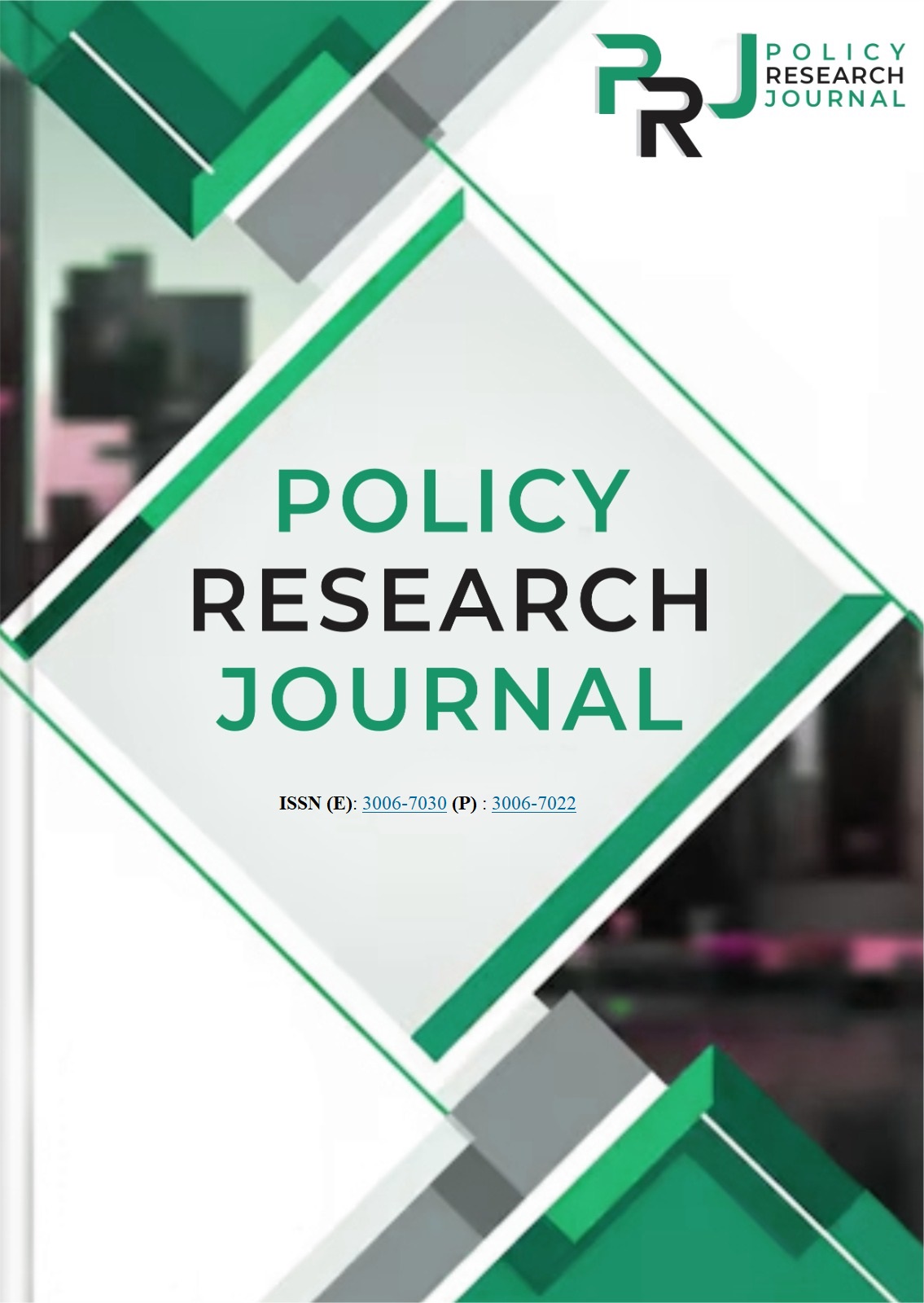THE SUEZ CANAL VS. RUSSIA’S ARCTIC SHORTCUT: A NEW COLD WAR IN SHIPPING
Keywords:
Suez Canal, Northern Sea Route (NSR), Arctic Shipping, Geopolitical Competition, Climate Change Impacts, Trade ChokepointsAbstract
The competition between the Suez Canal and Russia’s Northern Sea Route (NSR) reflects a transformative shift in global trade dynamics, driven by climate change, geopolitical rivalries, and infrastructure strategy. While the Suez Canal remains the dominant year-round corridor for containerized and diversified cargo (handling 12% of global maritime trade), the NSR offers a seasonal Arctic shortcut reducing Asia-Europe distances by 30–40%. Russia aggressively promotes the NSR to export energy resources (e.g., LNG) to Asia amid Western sanctions, leveraging icebreaker fleets and port investments. However, the NSR faces operational constraints, including limited navigability (July–October), high costs (icebreaker fees, insurance premiums), and inadequate infrastructure. Environmental risks in the fragile Arctic—noise pollution, oil spills, and black carbon emissions—contrast with Suez’s congestion and regional instability vulnerabilities. Geopolitically, the NSR fuels a "New Cold War," with Russia and China’s "Polar Silk Road" challenging Western maritime dominance, while NATO counters via Arctic militarization. The rivalry underscores how climate-induced accessibility and great-power competition are reshaping trade, energy security, and global alliances.

















